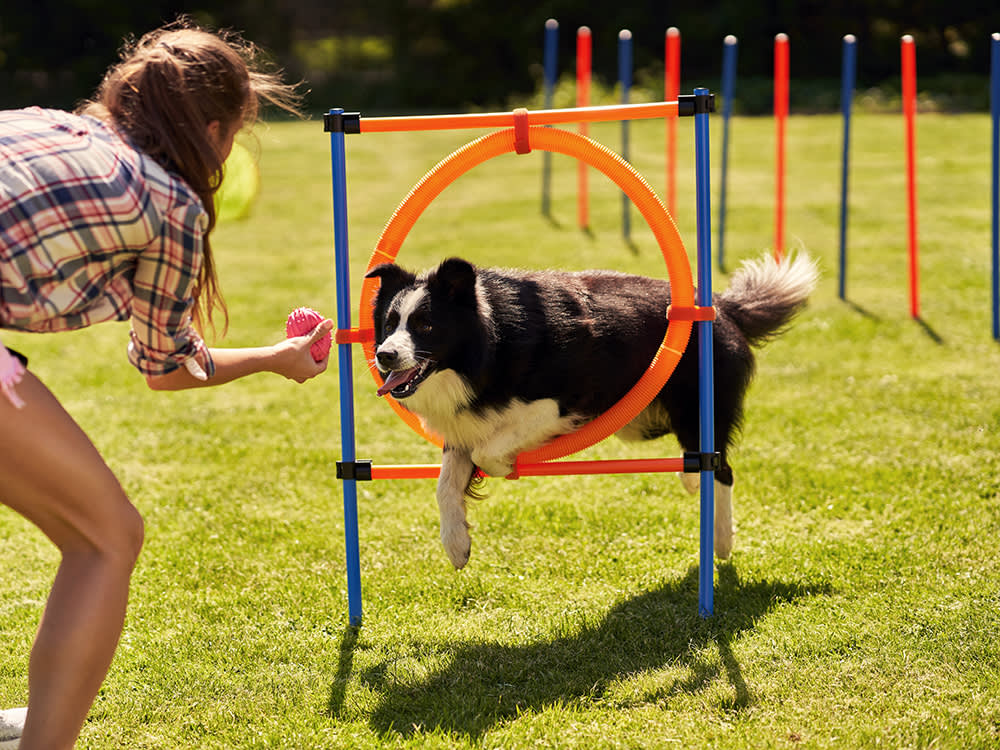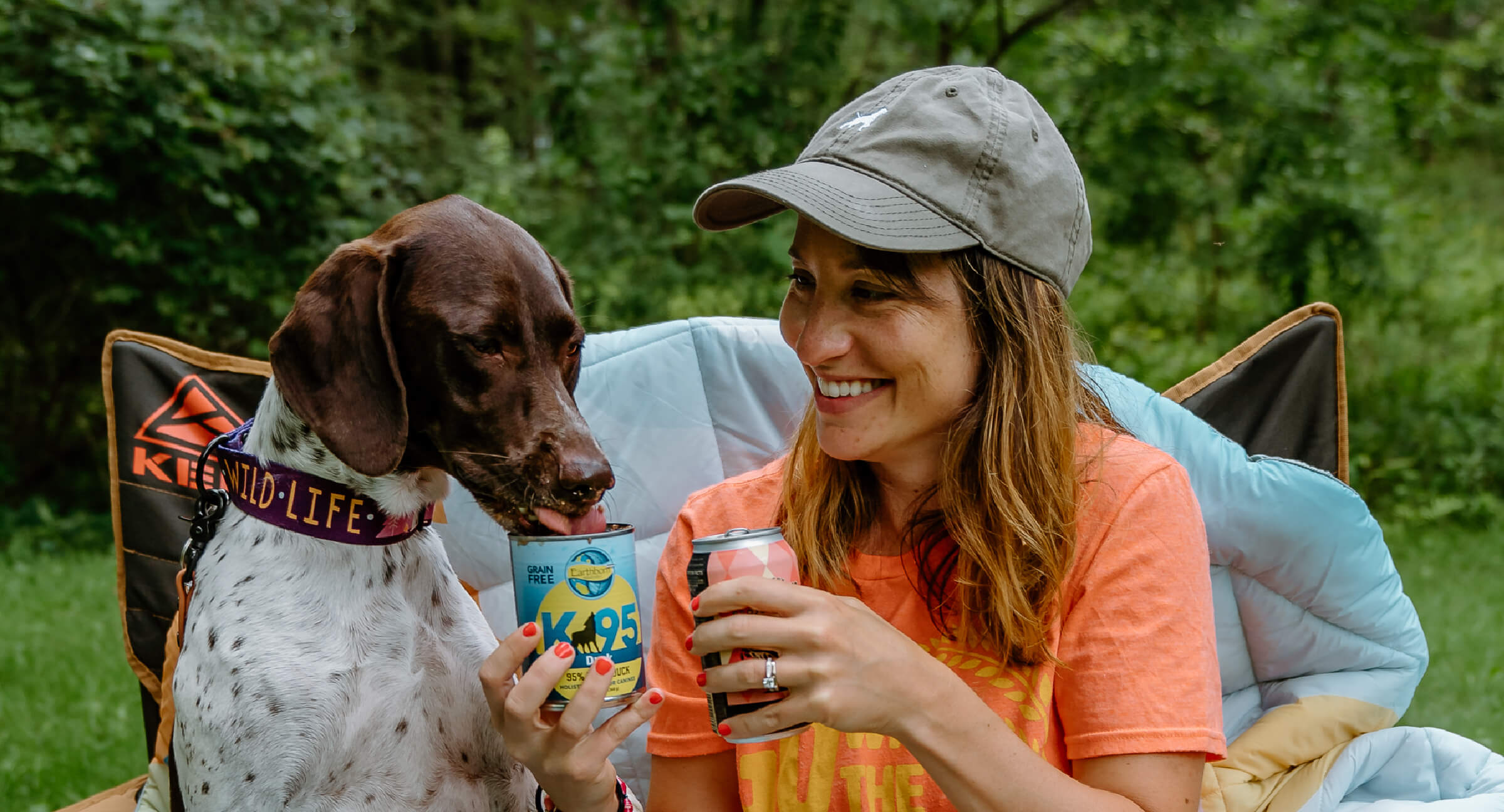Positive Reinforcement in Dog Training: A Humane Approach to Success
Transform Your Canine's Habits With Proven Training Techniques
Changing your pet dog's behavior needs a nuanced understanding of their private characteristics and needs, as well as the application of tried and tested training techniques. Consistency in your training approach not just improves obedience but additionally promotes a deeper bond of depend on and respect in between you and your animal.
Understanding Pet Habits
Comprehending dog actions is necessary for efficient training and interaction between human beings and their canine friends. Pets, as social animals, show a variety of behaviors affected by genetics, environment, and experiences - Dog training. Identifying these behaviors aids owners customize their training approaches to meet the specific demands of their canines
Key elements of pet dog actions consist of body language, articulations, and social communications. In addition, socialization plays an important function in forming actions; dogs that connect favorably with various other pets and numerous people are typically a lot more versatile and well-adjusted.
Additionally, identifying tension signals-- such as avoidance, panting, or pacing habits-- can prevent rise right into much more severe issues. Proprietors that are attuned to their pet dog's habits can produce a secure and nurturing atmosphere, promoting count on and enhancing the training process. Inevitably, a deep understanding of canine habits lays the foundation for an unified partnership and effective training end results, making certain both dogs and their owners flourish together.
Favorable Support Methods
Positive support techniques are widely recognized as one of the most efficient methods for training dogs, fostering a favorable discovering setting. This method entails gratifying preferred behaviors with deals with, praise, or play, consequently motivating the canine to duplicate those actions. Unlike vindictive approaches, favorable support builds depend on and enhances the bond in between the trainer and the canine.
To carry out positive support efficiently, timing is crucial. Rewards ought to be given promptly adhering to the wanted actions to aid the pet dog make the connection. Uniformity is likewise important; utilizing the exact same commands and rewards assists the canine comprehend what is anticipated. In addition, varying the incentives can maintain the canine engaged - Dog training. For instance, rotating in between deals with, playthings, and spoken praise can maintain rate of interest and motivation.
It is essential to note that positive support is not about bribery; instead, it is concerning strengthening etiquette. Over time, as the pet discovers to connect specific activities with positive end results, the frequency of incentives can be gradually decreased, transitioning to verbal appreciation or intermittent incentives. This technique not only urges obedience however additionally promotes a positive and satisfied canine, making training a more pleasurable experience for both celebrations entailed.
Attending To Usual Concerns
Resolving common problems during canine training is crucial for making sure a effective and unified connection in between the dog and its owner. Many dog owners run into behavior obstacles, such as excessive barking, jumping, and chain drawing. Understanding the source of these habits is critical for effective training.
To reduce this, give enough physical exercise, mental excitement, and opportunities for social communication with both humans and other pet dogs. Training the pet to sit upon welcoming can reroute this behavior favorably.
Chain drawing is one more widespread issue, frequently arising from a pet dog's passion to explore. Making use of appropriate chain taking care of techniques, combined with training methods that encourage loose-leash strolling, can dramatically enhance this habits.
Additionally, problems like resource securing or splitting up anxiety call for customized approaches. Progressive desensitization and counter-conditioning can be effective in addressing these difficulties. By acknowledging and proactively managing these typical concerns, canine proprietors can foster a much more delightful training experience and reinforce the bond with their canine companions.
Uniformity in Training

To accomplish consistency, it is crucial that all participants of the house stick to the very same training methods. As an example, making use of the same spoken signs and hand signals makes sure that the dog obtains consistent messages. Additionally, the timing of adjustments and incentives must correspond; prompt support increases the possibility that the pet dog will associate the actions with the outcome.
Regular method sessions, paired with organized schedules for feeding, strolling, and play, help canines anticipate and comprehend their environment, making them much more receptive to training. Ultimately, consistency cultivates a sense of protection and trust fund, empowering dogs to discover more efficiently.
Building a Solid Bond
Just how can fostering a solid bond in between a pet and its owner boost the training experience? A strong partnership developed on depend on and respect functions as the foundation for reliable training. When a pet dog feels secure in its connection with its proprietor, it is a lot more likely to exhibit favorable actions and be responsive to discovering. This bond encourages the pet to engage completely in training sessions, as it checks out the owner as a source of advice and assistance.
Furthermore, a solid bond facilitates much better interaction. Pets are adept at reviewing human signs, and a trusting relationship permits clearer signals during training. Proprietors who invest time in building this bond through play, socialization, and positive support produce a setting where canines really feel eager and motivated to discover.
Additionally, a well-established connection can lower stress and anxiety and behavioral issues, as dogs are much less most likely to act out when they feel comprehended and cared for. Therefore, focusing on the advancement of a strong bond not just boosts the training experience however additionally adds to a better and much more well-adjusted pet. Inevitably, the trip of training transforms into a joint partnership, resulting in read this post here lasting behavioral renovations.
Final Thought

Owners who are attuned to their pet dog's actions can produce a nurturing and risk-free setting, fostering count on and boosting the training process. Eventually, a deep understanding of canine behavior lays the foundation for an unified partnership and effective training outcomes, making certain both canines and their proprietors flourish together.
Resolving usual concerns during pet dog training is necessary for making sure a successful and unified partnership between the click to investigate pet and its proprietor.Consistency is a foundation of effective dog training, as it establishes a clear structure for the dog to recognize assumptions and behaviors.In verdict, transforming a dog's actions through confirmed training techniques needs an understanding of canine habits, the application of favorable reinforcement techniques, and a focus on uniformity.